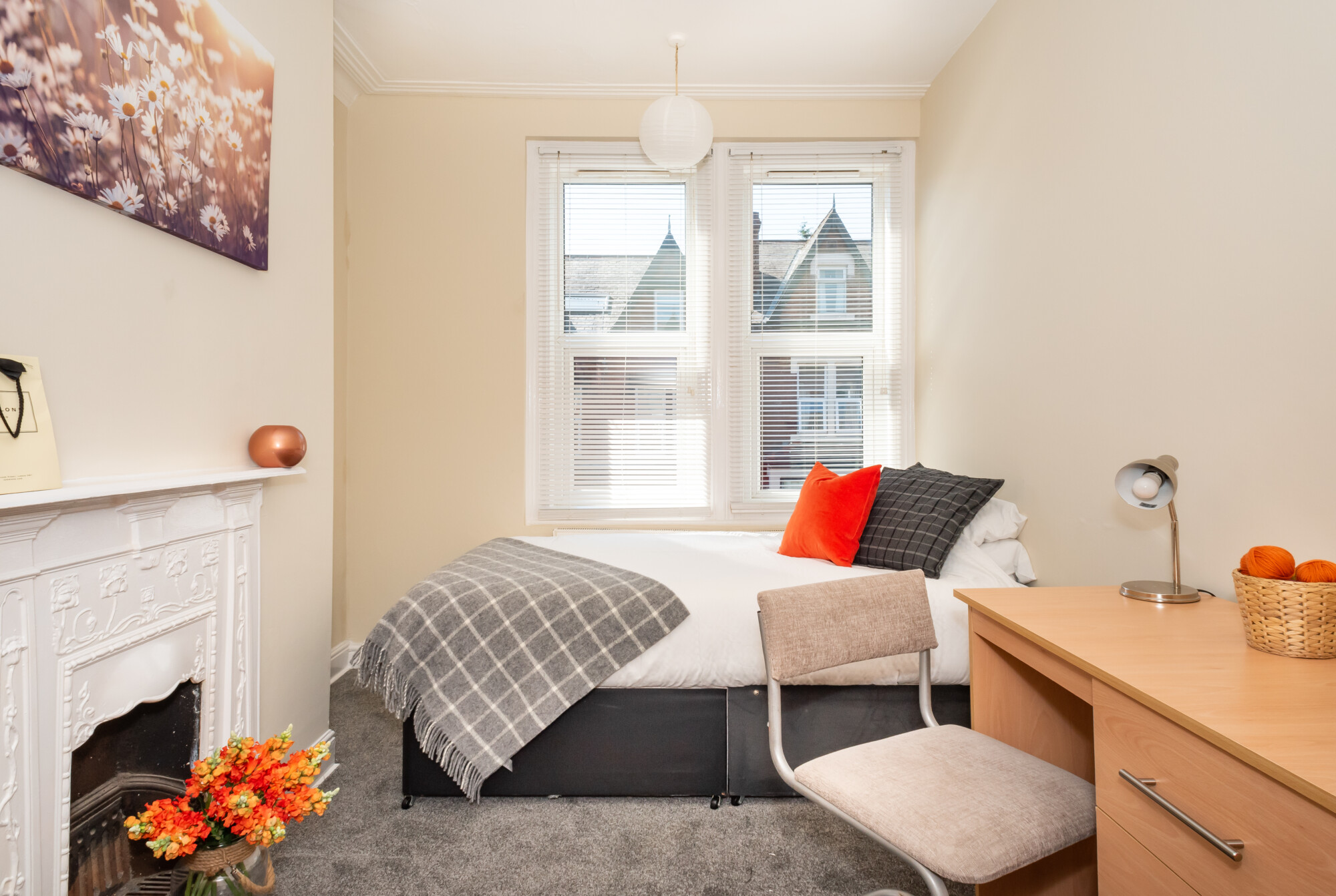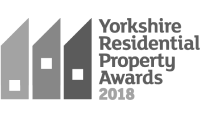Social media has become an integral part of most students’ lives.
Scrolling through social posts is the first thing many students do when they wake up and the last thing they do before they fall asleep at night. Apps like Instagram and Snapchat allow students to keep in touch with friends, learn about passions, grow a following, and have a laugh.
However, it’s crucial to stay aware of the dark side of social platforms.
Stop scrolling and explore how to keep yourself safe while using social media.
What is social media?
Social media can be defined as virtual communities in which people network and share information.
When we refer to social media, we mean platforms like Instagram, TikTok, Facebook, Snapchat, X (Formerly Twitter), LinkedIn, and Pinterest.
Is social media safe?
Social media isn’t inherently safe, but you can increase security levels by considering what you post and who you share information with and altering the settings on each platform.
Why is it important to stay safe on social media?
It’s vital to stay safe on social media to protect yourself and others from harm and unnecessary risks.
When you don’t consider your safety on social media, you can jeopardise your personal information and engage in dangerous communications, which can also impact your mental well-being.
How to stay safe on social media
Let’s explore eight ways you can tighten your safety when using social media.
1. Define your privacy settings
Kickstart your safety overhaul on social media by heading to the settings on each platform and locking down your accounts to a level of privacy you’re comfortable with.
Set a reminder in your phone to review the privacy policies and terms of service for each social media platform you use.
Policies are updated regularly, and while it’s easy to tap “accept” and ignore them, it’s crucial to check what you’re agreeing to.
Review and update your preferences where possible to align with your privacy wishes.
Example: Privacy settings on Instagram
On Instagram, you can choose between a public or private account. Your account is public by default but only followers you approve can see what you share when you set the account to default.
However, if you have a public profile, you still have options to control who sees what.
For four-week periods, you can block specific users from seeing or commenting on your posts. You can also block comments from all recent followers.
Alternatively, you can use the hidden words setting to automatically remove post comments containing specific words and phrases. This can be useful if you frequently receive hate comments. Instagram doesn’t inform users their comments have been blocked.
With a public account, be aware that anyone online can see which posts you’ve liked and who’s liked your posts.
You may find it useful to switch off account suggestions on the app so your followers don’t receive recommendations of similar accounts (often your friends and family) to follow. Changing this setting will mean people no longer receive your profile as a recommendation either.
2. Set strong passwords
Ensure you set a solid and unique password for each of your social accounts.
Avoid using words in your passwords, as someone could easily guess those.
If you’re concerned you’ll forget complex passwords, use a secure password manager like LastPass to create cryptic passwords, store them, and autofill them when you log in on each platform.
A robust password prevents others from accessing your accounts — and all your data.
3. Connect with people you know
In a bid to gain a high follower count and appear popular, some students will connect with anyone online, but doing so puts you at risk.
Instead, forget the numbers, and connect only with those you know and trust.
LinkedIn is an exception to this rule, as its purpose is to grow your professional network, which you’ll struggle to do without accepting messages and invites from strangers.
For this reason, we’d recommend paying close attention to the personal information you post on LinkedIn.
4. Be wary of strangers
People aren’t always who they say they are online. Be mindful of fake accounts posing as business accounts and individuals who aren’t what they seem.
Never give out personal details to strangers online, and always double-check a business is legitimate before purchasing from them.
If anyone asks you for money — however convincing their story — don’t send any.
You know you’re dealing with a scammer if you’re told you’ve won a prize on social media when you’ve not entered a competition.
5. Block and report users
If a stranger contacts you and anything is off about them, you can block them immediately — and report them, if appropriate.
Reporting abusive users and scammers helps keep social media safe for everyone.
6. Think twice before you post
Before you click ‘post’ on any social media platform, take a moment to reassess what you’re about to post and who will see it.
Does it give a clue to where you live or where you spend a lot of your time? Does it give away your date of birth? Can your full name be seen? Are you happy for that photo to be online forever and potentially accessed by anyone?
If you’re not sure about whether to post it, don’t.
When it comes to sharing photos online, we encourage consent. It’s good manners to check with people before you post pictures of them on your social media accounts, especially if your account is public — remind your friends to do the same.
7. Think before you click
Only click on links and download files when it is 100% safe. Be suspicious of unsolicited messages, as these are more likely to contain malware or phishing attempts.
When in doubt, refrain from clicking and verify the source if need be, or delete it if not.
8. Switch geolocation off
It can seem fun to check in online when you visit new locations or share your whereabouts with friends, but geolocation can expose you to privacy and security risks.
In the wrong hands, knowing your exact location at a given time could invite unwanted attention, enable stalking activity, or alert criminals your house is unoccupied.
If you tag friends and family members with you, you expose them to the same risks.
We hope you’ve found this guide helpful and it helped you feel more confident about staying safe on social media.
If you’re experiencing the adverse effects of an excessive digital presence, consider taking a break through a social media detox.




